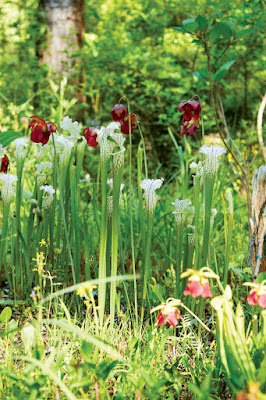Wednesday's Wildflower: Pineland Heliotrope

Heliotropium polyphyllum Submitted by Cathy Beals, Palm Beach County Chapter Photo by Cathy Beals, Palm Beach Gardens The Pineland Heliotrope is a partly erect to prostrate perennial herb with hairy stems and numerous alternate leaves. Even though the flowers are very small, they usually bloom in paired spikes, often with hundreds of brilliant yellow or white flowers at one time, making it obvious, even in small clusters along the side of a road or cultivated in your garden. This Florida native blooms year round in the Coastal areas from Flagler County South to the Keys and grows in a wide variety of inland counties in habitats including sandy coasts, prairies, flatwoods, and rocky pinelands. It is sometimes seen on the drier, plant side of swampy areas (on the sunny edges) where there has been some disturbance, such as the road between the canal and the wetlands at Sandhill Crane Access Park in Palm Beach Gardens where this picture was taken. Clo...




